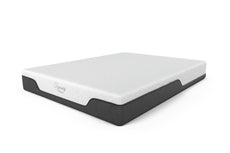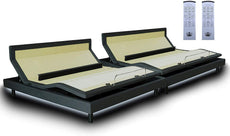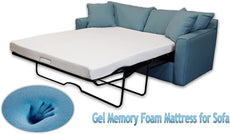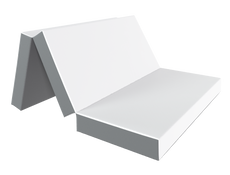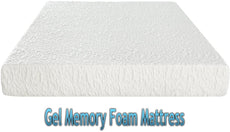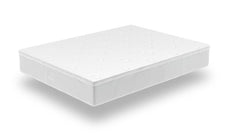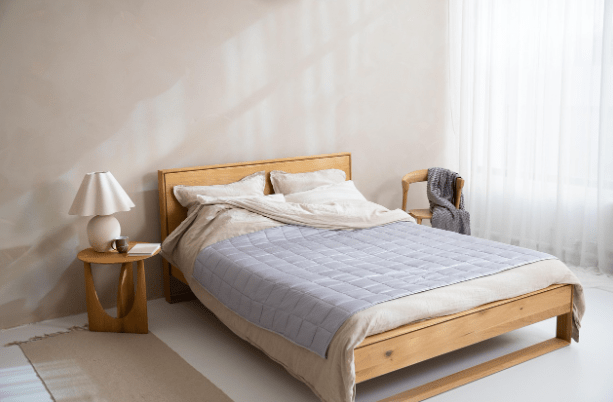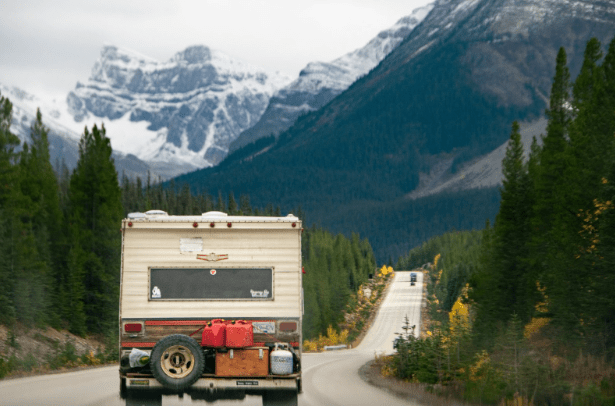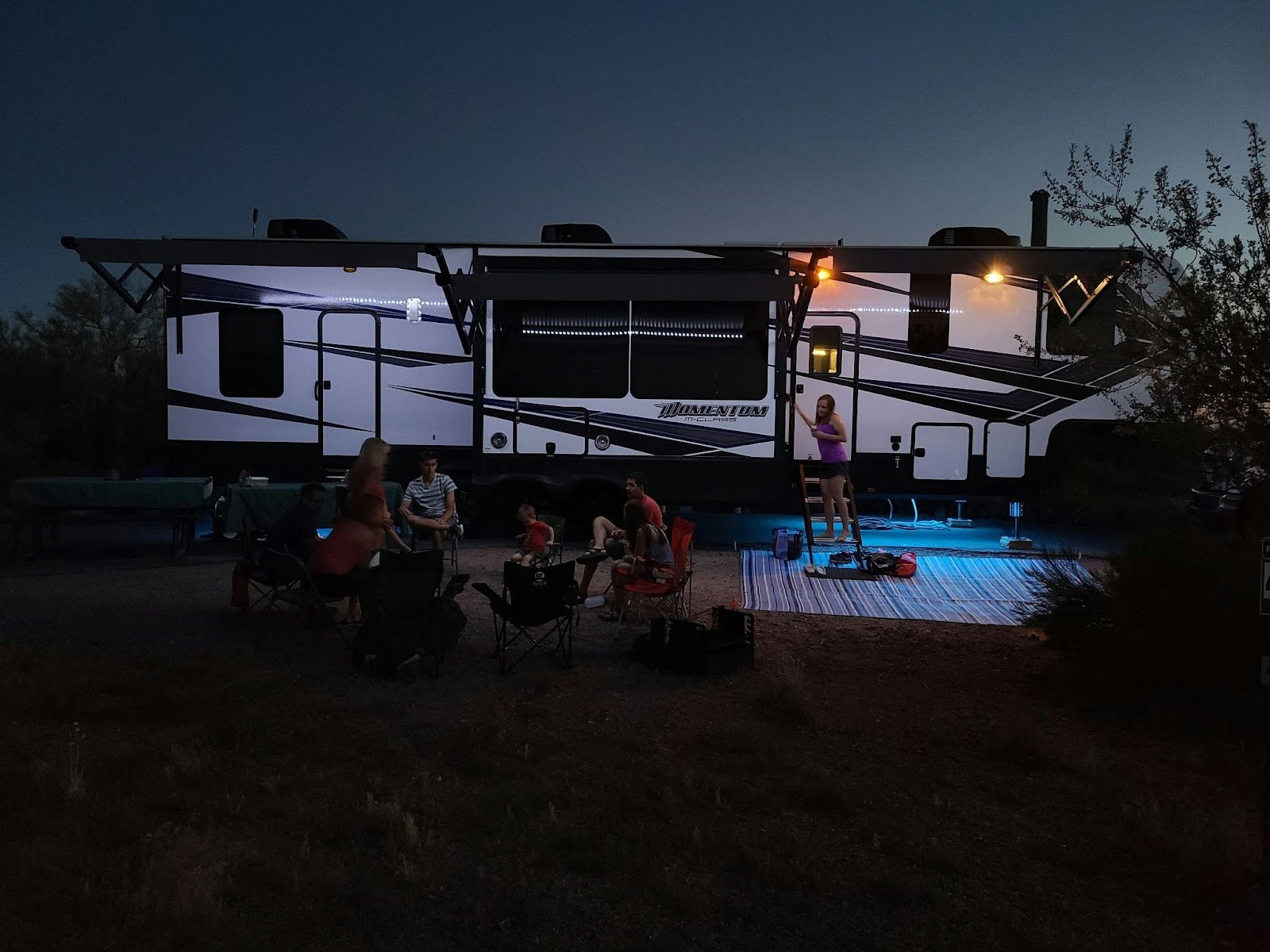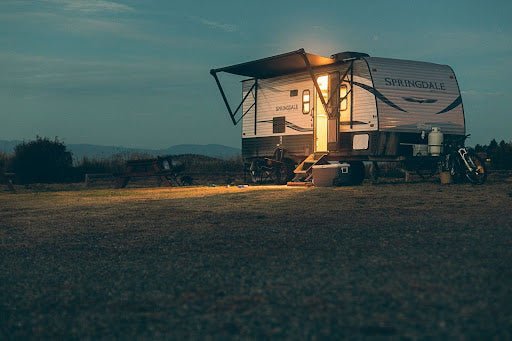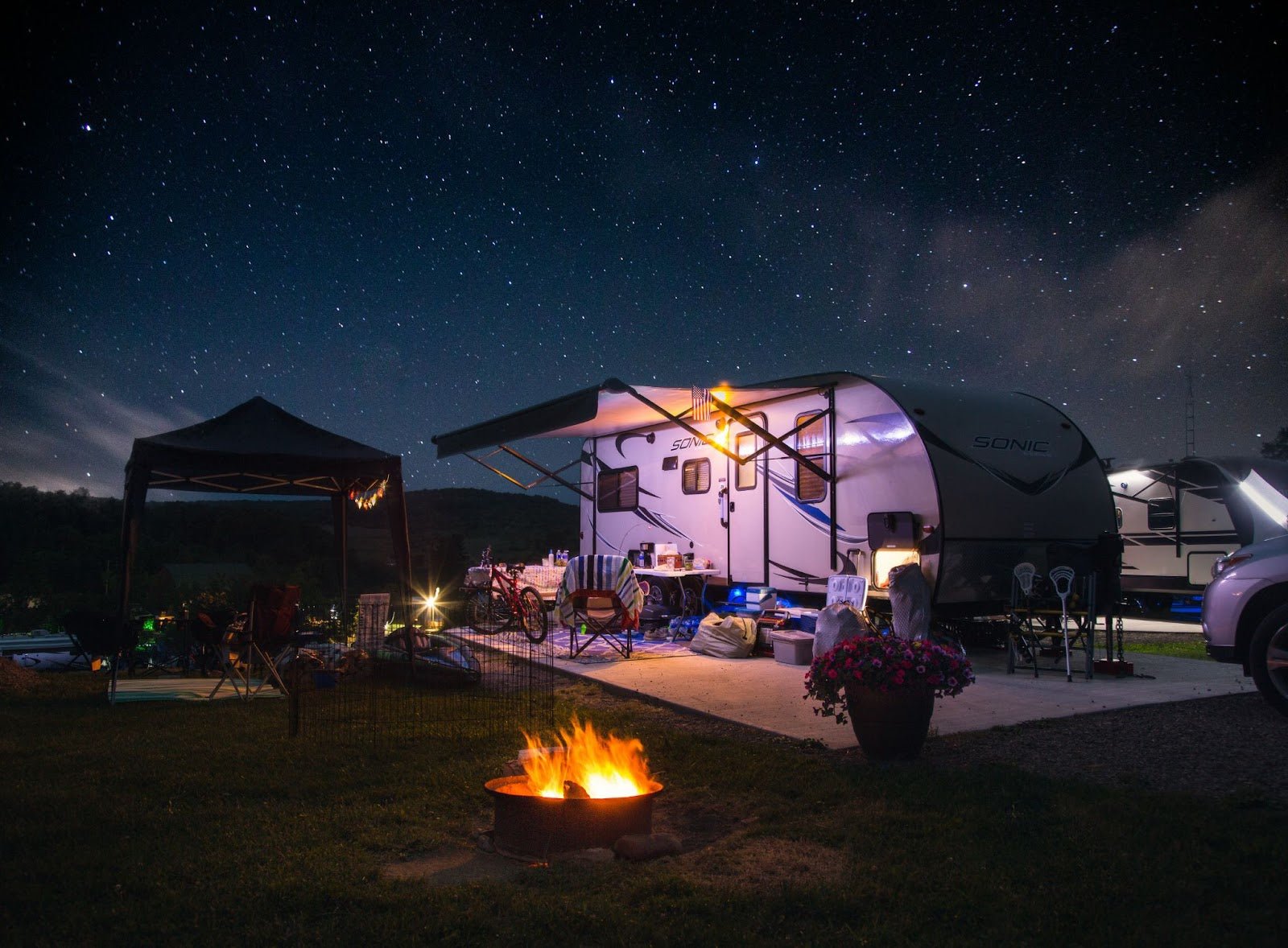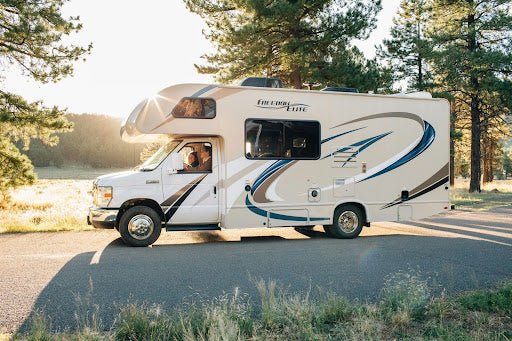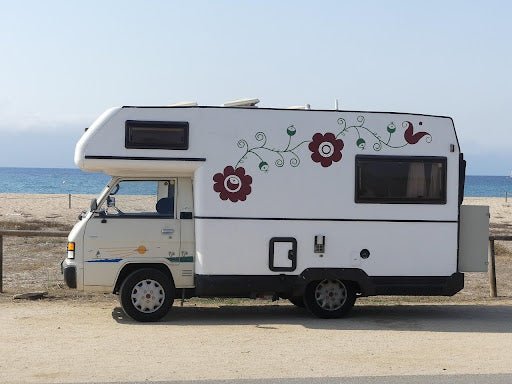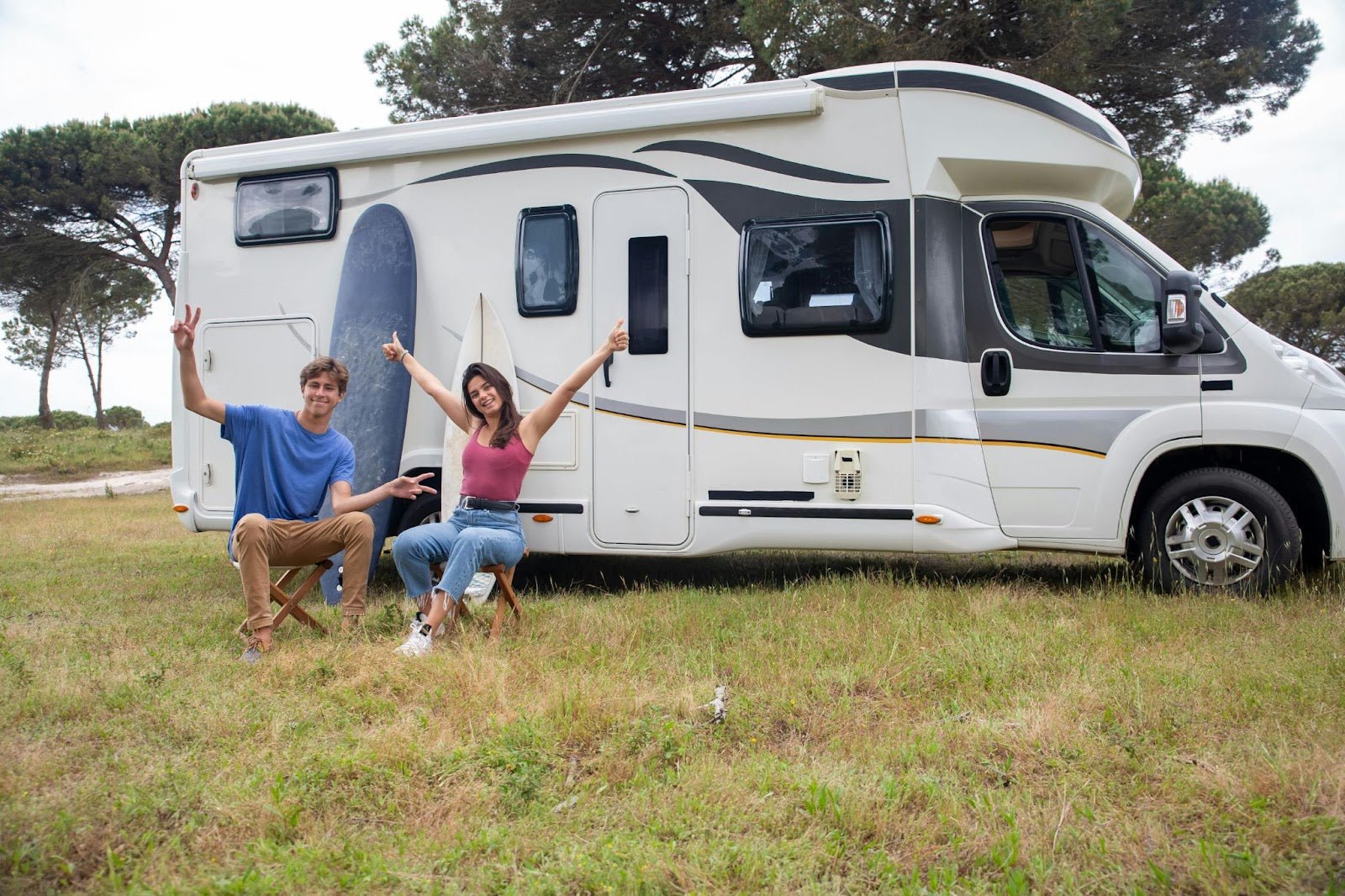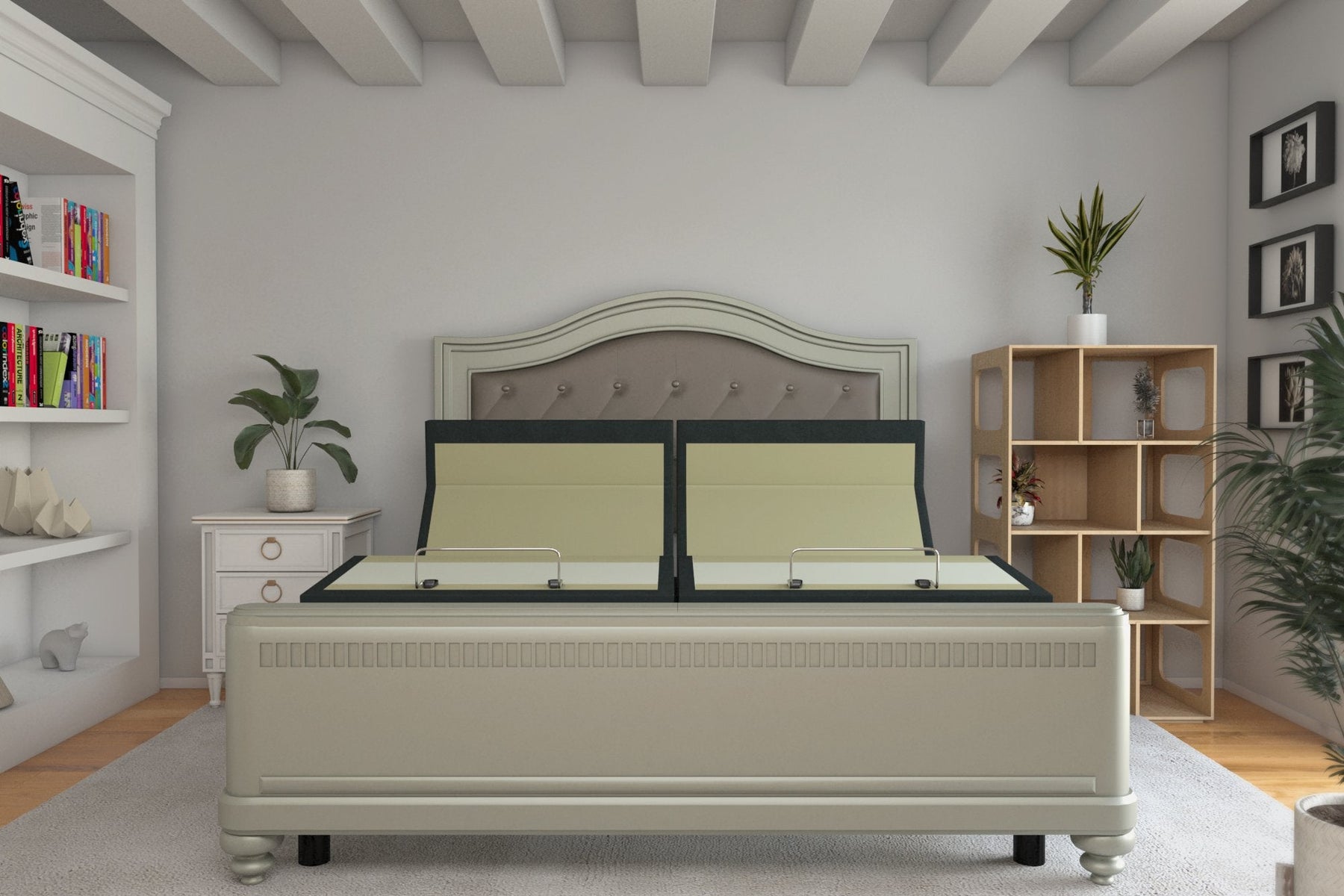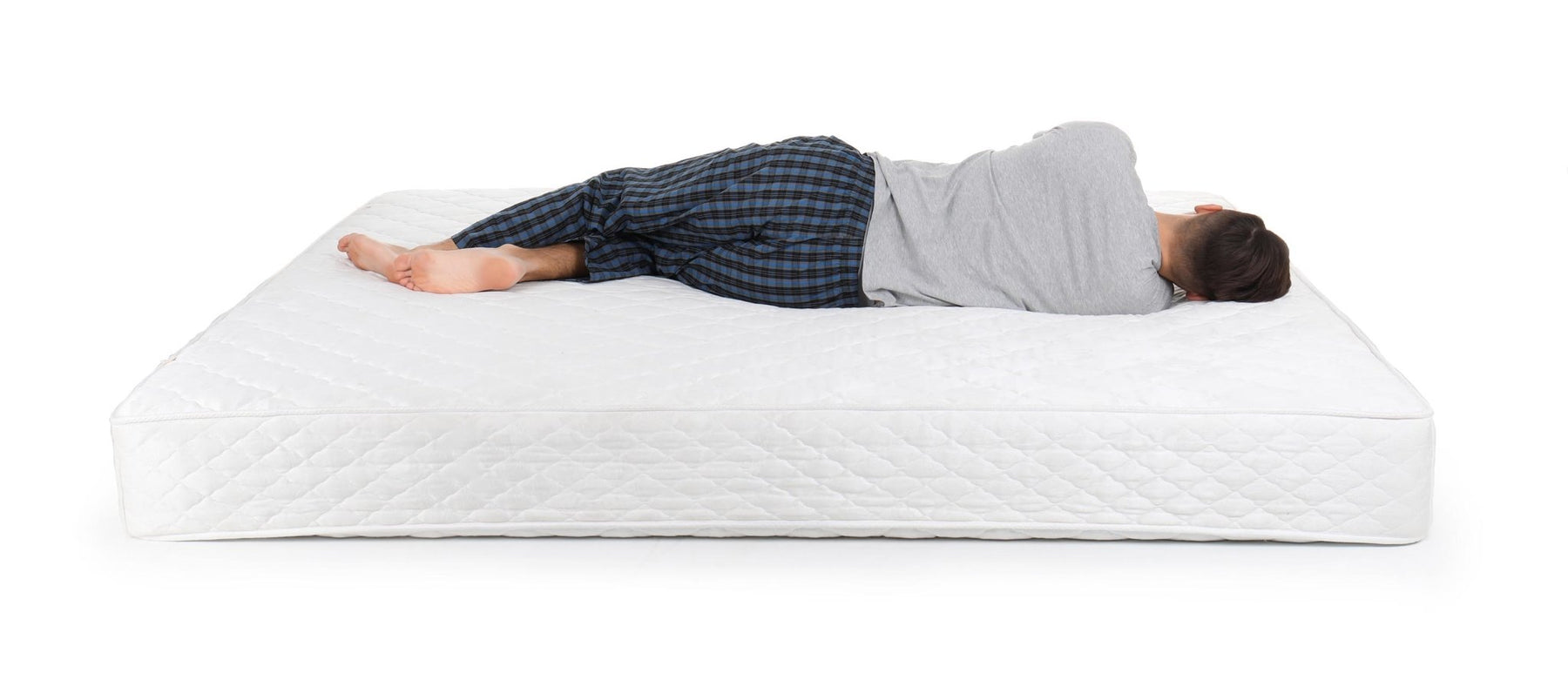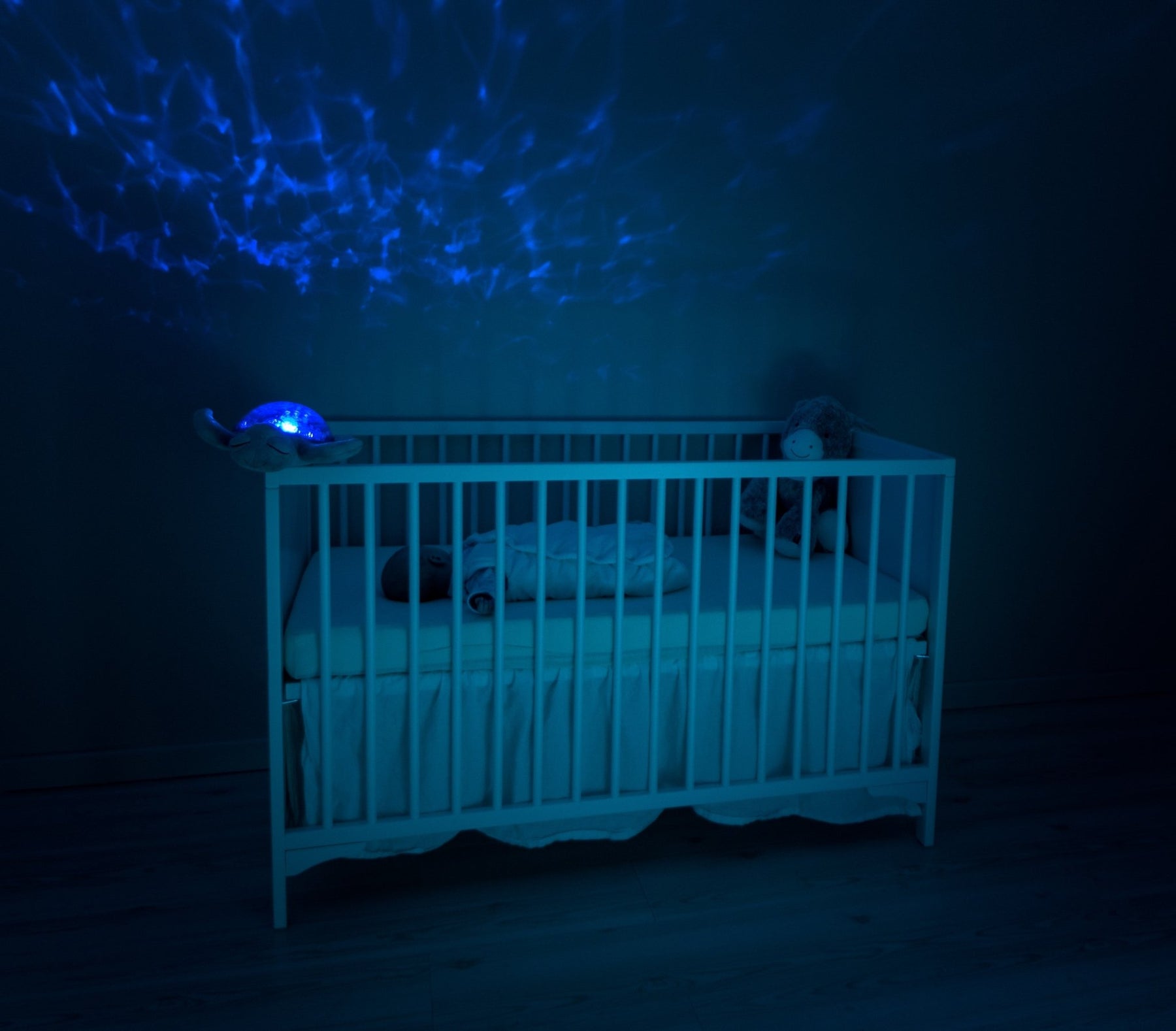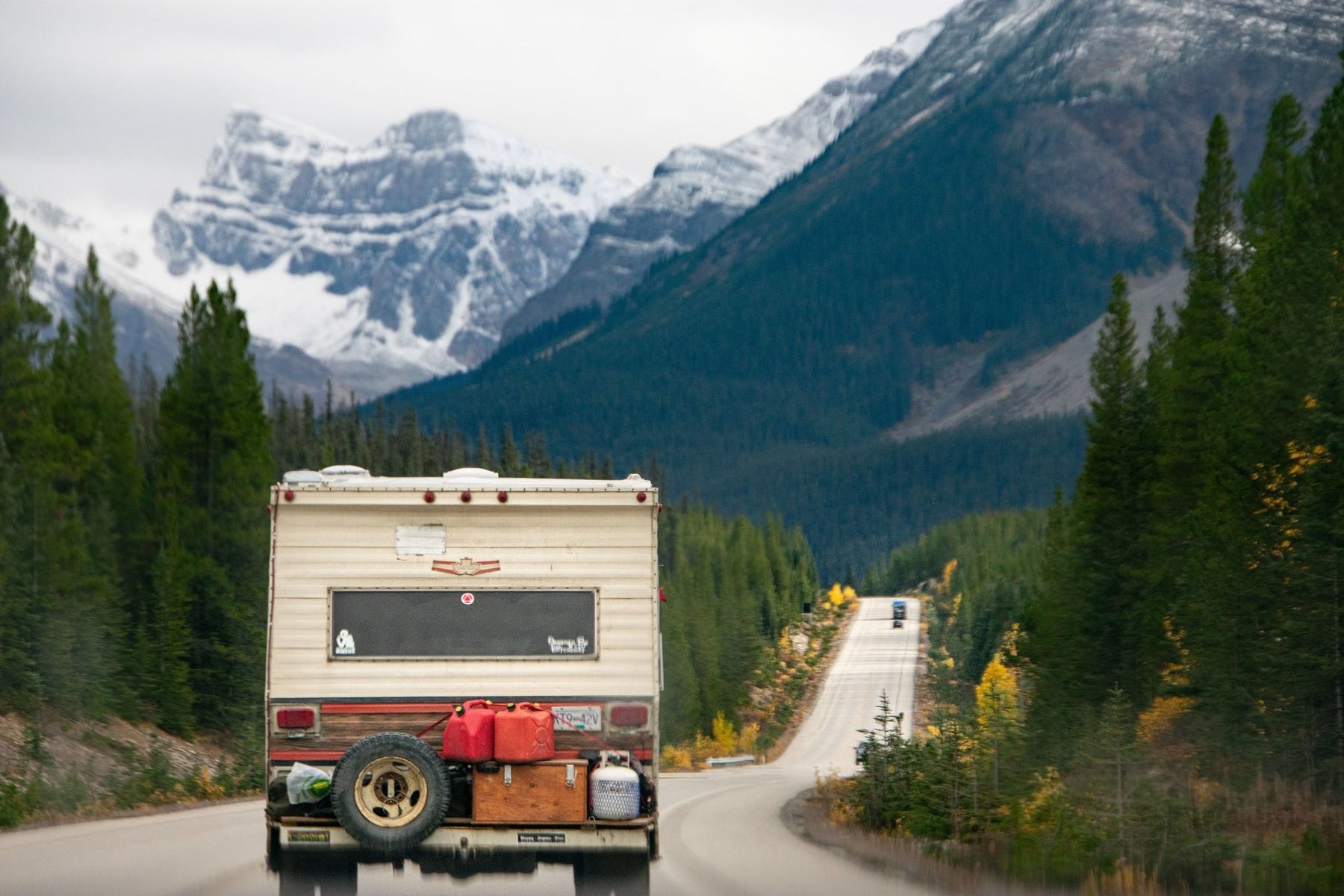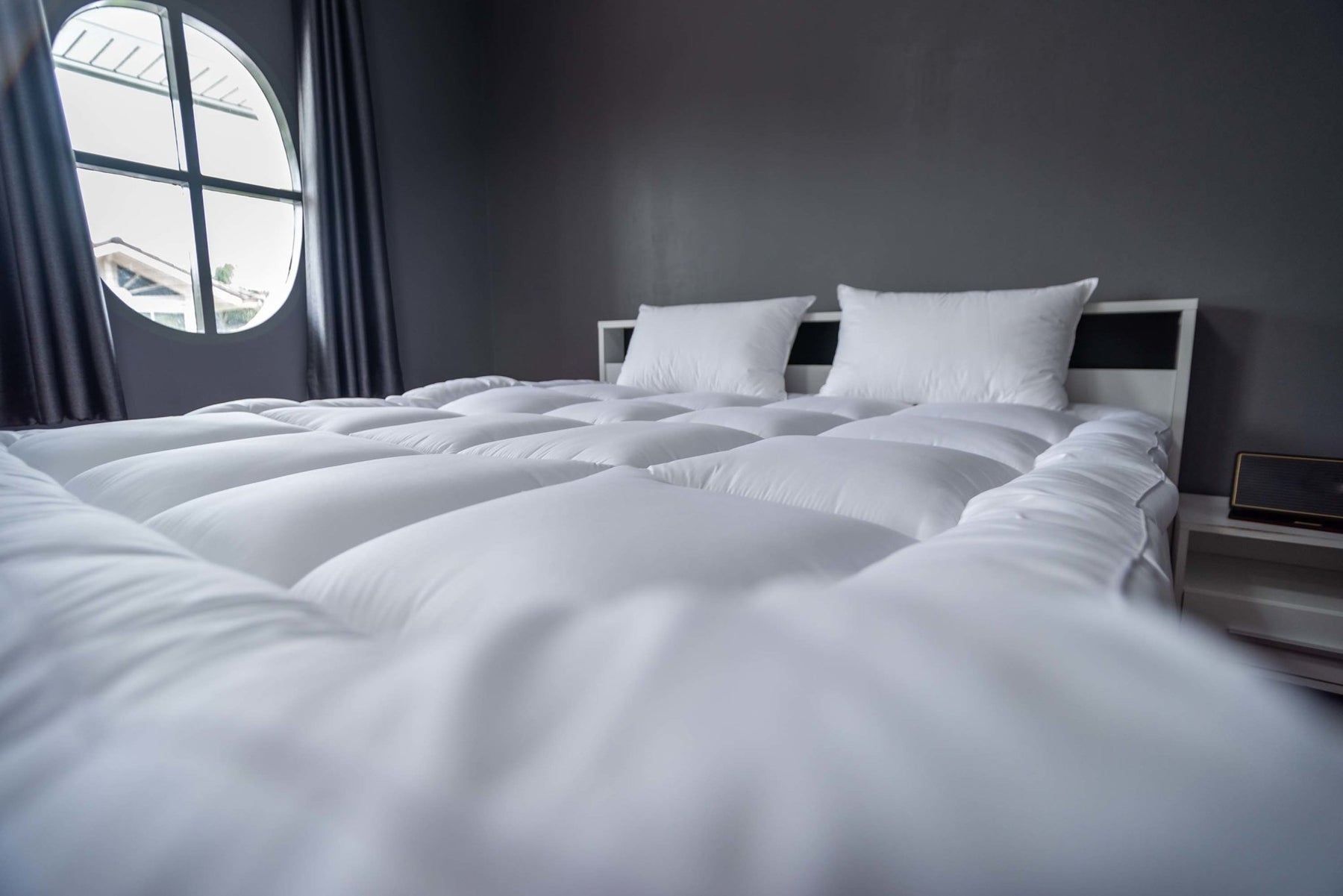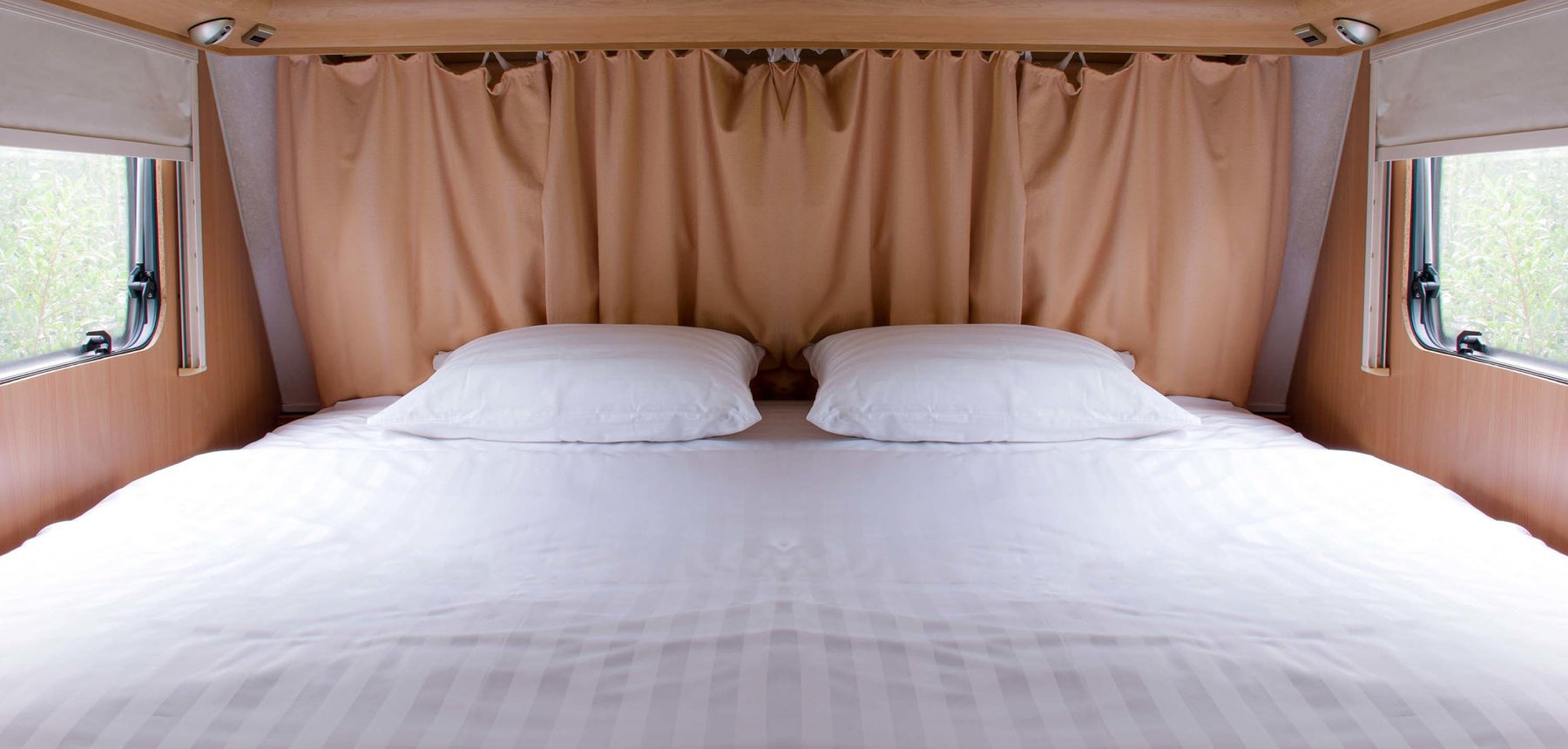
The Right Way to Maintain an RV Memory Foam Mattress
Getting an RV is exciting! You’re going to be on the road, visiting friends and family, seeing nature, traveling across the country. There is so much that you can do in an RV that you’ll never want to get out of it and go home--as long as you have a good bed, that is. If you don’t have a good memory foam mattress in your RV, you’re going to be miserable, and those long nights sleeping out in the woods may make you wish you were in a hotel, or even in a sleeping bag in a tent.
So the solution is to get a good memory foam mattress for your bed, one that will last and keep you safe and cozy during the warm summer months or the cool winter ones. You’ll want a memory foam mattress that’s durable. You’ll want one that will last.
But there are a lot of questions that arise about RV memory foam mattresses: How is an RV memory foam mattress different from a regular memory foam mattress? How do I take care of an RV memory foam mattress? And what is a memory foam mattress anyway (and are some RV memory foam mattresses better than others?)
Shop RV Mattresses
What is a Memory Foam Mattress?
A memory foam mattress is a mattress that uses a technology that was originally invented by NASA to be used to cushion the seats of astronauts. The memory foam conforms to the shape of your body, sort of enveloping you in the mattress, so that it supports you in all parts of your body, and there’s no one pressure point that is being over-stressed or getting too painful. Memory foam has been used in mattresses for many years, and it is becoming the standard (much more common now than spring mattresses, which create all sorts of pain points and the different springs poke and prod you in different places on your body.
But there is one downside to memory foam mattresses: they hug your body a little TOO snugly, and it can make you sweat. Imagine your mattress enveloping you in a cocoon, and you get the idea of what a memory foam mattress does. That would be fine if you’re in a cold place--in fact, it would be great--but what often happens is that the memory foam will steam you in your bed and you’ll wake up dripping in sweat.
But is there a better type of mattress than a memory foam? There has to be a solution, right? It turns out there is: the Gel Memory Foam Mattress.
What is a Gel Memory Foam Mattress?
A Gel Memory Foam Mattress is a memory foam mattress with all of the benefits that are offered from a memory foam mattress (conforming to your body, eliminating pain points, etc.) but it also has a layer of cooling gel that disperses your body heat. A gel memory foam mattress is like Memory Foam 2.0. The next evolution in memory foam. It solves the problems that have plagued memory foam mattresses for so many years (and have made people avoid them).
With a gel memory foam mattress you’re not going to get too sweaty because the gel disperses the heat. In other words: it’s the perfect memory foam mattress. All the benefits, but none of the drawbacks.
What is the Difference Between an RV Mattress and a Home Mattress?
An RV has a weight limit that it must adhere to. Every RV, when you go to purchase it, will tell you exactly the weight specifications for it. This figure includes not only the weight of the chassis and the body of the RV, but also the weight of everything inside the RV. That includes any supplies you bring with you, the food in the fridge, the carpet, sink and cabinets--even the people inside the RV.
Because RV manufacturers are so concerned with weight--they want to give you the best RV you can get under the strict weight limit--they will make adjustments to the various pieces of equipment, hardware, and layout of the RV. And yes, this includes the sizes of the beds. An RV mattress is going to be smaller, generally speaking, than the mattress you sleep on at home.
And yes, this applies even if you’re purchasing a queen bed or a king bed for your RV. Sometimes a manufacturer will sell an RV queen bed and list it as a “three-quarter queen” or a “queen short”. What this means is that the bed is (generally) as wide as a queen, but not as long as the queen-sized mattress that you would get for your bed at home.
For example, a queen-sized mattress that you would purchase for your bed at home is 60” x 80”, but a “three-quarter queen” is 48” x 75”. A “queen short” would be 60” x 75”. All of this is done to conserve the space in your RV (because you want to maximize living area) and also to lower the weight of the overall RV.
Something to note when purchasing an RV: the mattress that comes with the RV will almost never be anything good. They’re trying to conserve weight as much as possible, so a simple foam mattress will weigh considerably less than a memory foam bed or a gel memory foam bed. Consequently, if you want a good mattress--something that you want to sleep on night after night as you’re traveling across the country--then you’ll want to upgrade your mattress to a gel memory foam mattress.
Fortunately, gel memory foam mattresses are built to fit RVs. Dynasty Mattresses selection of RV gel memory foam mattresses will fit into the configuration of virtually any RV.
What is the Right Way to Maintain An RV Mattress?
So now that you’re getting the proper kind of mattress--and let’s admit it, a mattress is an investment and something that you’re going to want to last for many years--you’re going to want to maintain that mattress so that it survives as long as your RV does. You don’t want your mattress wearing out because of some mistreatment you did to your mattress. So what are the recommended techniques for getting and maintaining an RV mattress?
What To Do When You First Get a Memory Foam Mattress?
Let Your Mattress Breathe
The first thing you need to do when you get your gel memory foam mattress is that you want to let it breathe for a while. It will come wrapped in plastic, and there will be gasses trapped within that plastic that, while they may not be harmful, are unpleasant to smell for a good night’s sleep. Fortunately, it doesn’t take very long to let the mattress air--leave it uncovered and open to the air for about a day.
Don’t Make Your Bed in the Morning!
We’re going to let you in on a little secret: when you first wake up and crawl out of bed, whether your RV is in a National Park or a secluded forest, take your time to have a cup of coffee, a bowl of yogurt. Maybe even make some pancakes--all before you make your bed in the morning. This is because you want to let your gel memory foam mattress breathe as much as it can.
Yes, you’ll eventually want to clean up your bed area and pull the covers and sheets neatly into place, but don’t do it for about an hour after you wake up. This will keep your bed smelling fresh.
Use a Firm and Sturdy Bed Base
A lot of people try to maximize the space in their RVs by using extendable slatted bed frames--frames that pull out during the night to give you more room to sleep, and frames that fold or push in during the day to give you more space as you’re moving around the RV.
This is a bad idea for a gel memory foam mattress. You want to have a solid foundation for your mattress. Just as a memory foam mattress will conform to the shape of your body, it will conform to the shape of those slats that are beneath it--and that means that your mattress will bend and squish out of shape. And the more you do this, night after night, the sharp corners of those slats can dig and cut into the memory foam. Pretty soon you’ll have a memory foam mattress with a perforated underside. And that means that the mattress won’t last very long.
So, not slats for the base. Use a solid foundation under your memory foam mattress.
Keep it Away From Heat Sources
This should go without saying, but you should always keep your bed and bedding away from heat sources. So, if you have a space heater in your RV, make sure that it stays away from the bed. This isn’t a question just of the bedding catching fire, but too much heat on the memory foam or the gel can make it lose its structure and it will begin to sag and warp. It won’t function anymore the way that it’s supposed to.
And, of course, a space heater too close to your mattress could very well lead to fires. Be very careful when using a space heater in any part of your RV--talk to your RV manufacturer about their guidelines, because they will generally have very specific instructions. And those instructions will not only preserve your investment in your mattress and your entire RV--but they could preserve your life!
How To Keep Your Memory Foam Mattress Clean
Don’t Get Your Bed Wet
Make sure that you don’t get your gel memory foam mattress wet. It is very hard to get a memory foam mattress to dry, especially when it is trapped in the confines of an RV. So always be careful when eating or drinking near (or in) the bed.
Protect it With a Washable Cover
Because keeping your gel memory foam mattress dry is so important, it’s a wise idea to get a mattress cover. These are inexpensive, and they come in the proper size to fit an RV mattress. Using a cover (it is literally just a big bag that you pull over the entire mattress made out of a waterproof plastic material) not only keeps your bed safe from spills, leaks, and (if you have children) bed wetting, but you won’t even feel the mattress cover underneath the sheets. It doesn’t crinkle or make noise like a plastic sheet, and it doesn’t decrease the comfort of the bed at all. So whether the bed is for your children or for you, it’s a wise investment to get a washable cover.
What Regular Maintenance Does Your Memory Foam Mattress Need?
Rotate Your Mattress (If Possible)
Rotating your gel memory foam mattress is different from rotating your mattress at home. With your home spring mattress it is recommended that you turn the entire mattress over--upside down--every few months to make sure that no one spot is getting too much wear. With a gel memory foam mattress you don’t want to actually flip the mattress over, because the layers of memory foam and gel are specific to one side (there is a definite top and bottom of a memory foam mattress). Instead, we recommend rotating it like a clock: the part that was where your head was will now be the part where your feet go.
It’s recommended to do this about once a month if the mattress is in continuous use, but because RVs are seldom used for that long at once, you will just want to keep track of how often you have used it and rotate it after about 30 nights of sleep. (Don’t worry if you’re not exact. Just being in the habit of rotating it regularly will be all that your mattress really needs.)
Does It Really Matter If I Keep the Tag on the Mattress?
You may have heard the urban legend that if you tear the tag off the mattress then you can be arrested for a crime. That’s not true. However, you should always keep the tag on your mattress for two reasons:
First, the tag on your mattress will contain any information that you will need if there is a problem or defect that is covered under warranty. By removing the tag, you will be removing your ability to make use of the mattresses warranty.
Second, the mattress tag often has care instructions. Many of those instructions will have been covered in the article above (such as keeping it away from heat and keeping it dry) but the manufacturer may have more specific advice that you will want to reference. So keep the tag on!
Conclusion
A good gel memory foam mattress can last you anywhere from ten to fifteen years--sometimes even twenty, especially if you’re only using the RV on special occasions. There should be no reason that your mattress would wear out and need to be replaced if you follow these instructions, which are:
- Make sure you let your mattress breathe
- Use a firm and solid base under your mattress
- Rotate your mattress regularly
- Make sure to keep the mattress dry
- Always use a protective, waterproof cover
- Keep your mattress away from heat sources
By following these easy steps you will be able to maintain the quality of your mattress--and your investment--for many years. You’ll be sleeping blissfully wherever your RV takes you.
Are you ready to get a gel memory foam mattress for your RV?
Shop RV Mattresses
Other articles you may like
0 comments
